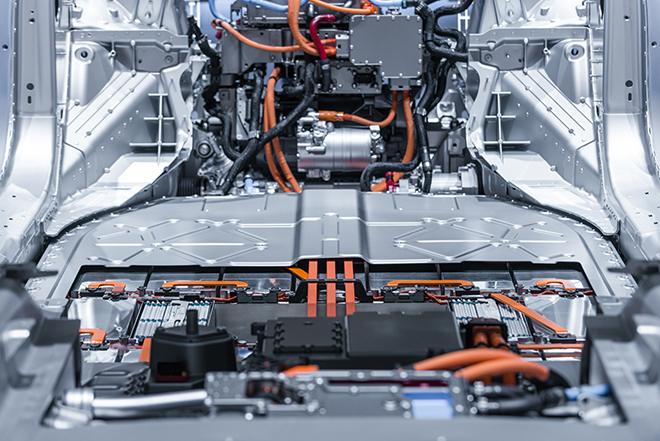Battery pack prices continue plummeting towards price parity with ICE vehicles

If you drove an EV back in 2010, it’s likely that you paid an average of about $1,100 per kilowatt-hour for your battery pack. By the end of 2019 this figure had fallen a full 87%, to $156 per kWh. According to BloombergNEF’s 2019 Battery Price Survey, the average price by 2023 will be approximately $100/kWh, and below that by the following year, when aggregate demand is expected to exceed 2 TWh. At this point, EVs are expected to finally reach price parity with combustion-engine creations. These dramatic cost reductions can be chalked up to a multitude of factors, including the steady rise of high-energy-density cathodes, growing order sizes, and the overall expansion of EV sales.
As battery
prices fall, more companies and individuals are going electric. This is good
for more than our collective wallets, as wider commercialization leads to
helpful differentiation in cell specifications. For instance, a driver
concerned with a standard commute may focus solely on the cost efficiency
aspect, whereas high-end or commercial buyers may lean more toward facets like
cycle life. Falling prices in the new Roaring 20s will stem from innovative
pack designs, evolution of supply chains, and diminished manufacturing
expenses. As demand for EVs rises in Europe and China, companies will cut
transport and import costs by building manufacturing plants within the demand
regions.
Survey
author James Frith, a Senior Energy Storage Analyst for BNEF, said, “According
to our forecasts, by 2030 the battery market will be worth $116 billion
annually, and this doesn’t include investment in the supply chain. However, as
cell and pack prices are falling, purchasers will get more value for their
money than they do today.” As automakers begin to home in on their own
renditions of EV models featuring tailored thermal management systems, battery
pack designs will be standardized, simplified, and streamlined at both the
design and economic levels, making for reduced requirements in module housing
and, in turn, reduced environmental impact. Bloomberg NEF envisions prices falling
to $61/kWh by 2030, but this may depend on the development of emerging
technologies such as silicon and lithium anodes, new cathode materials and
solid-state cells.
Sources: BloombergNEF
